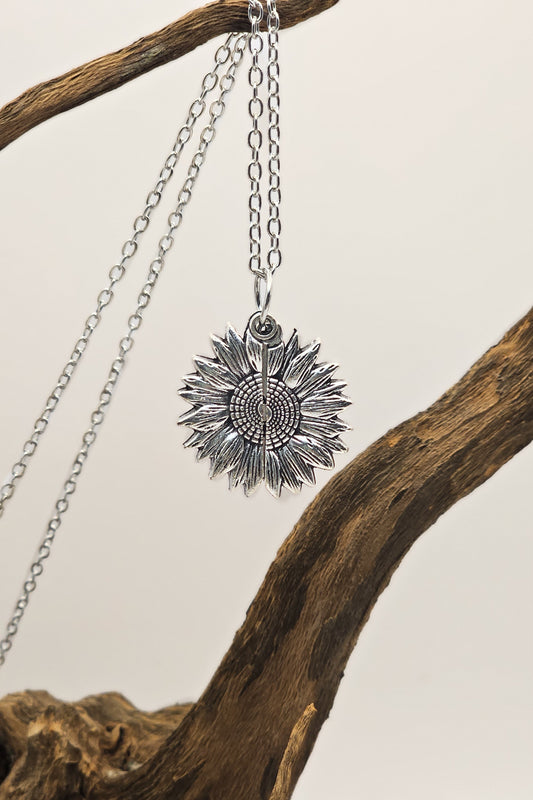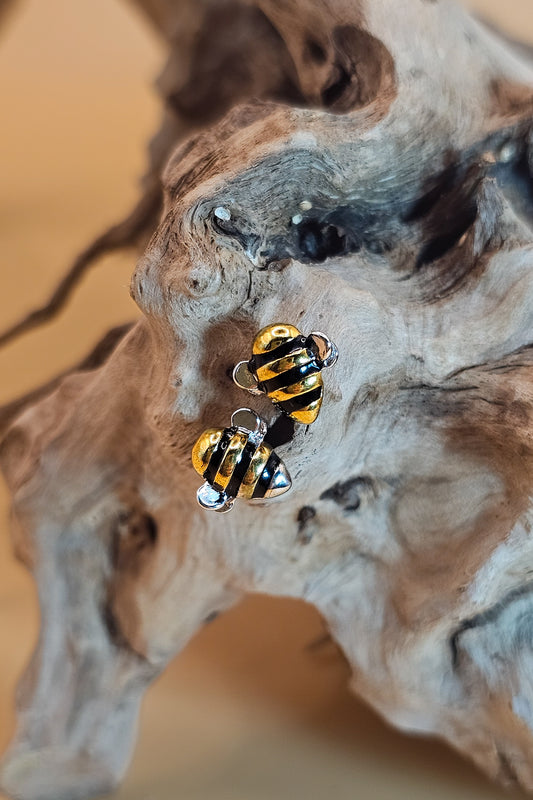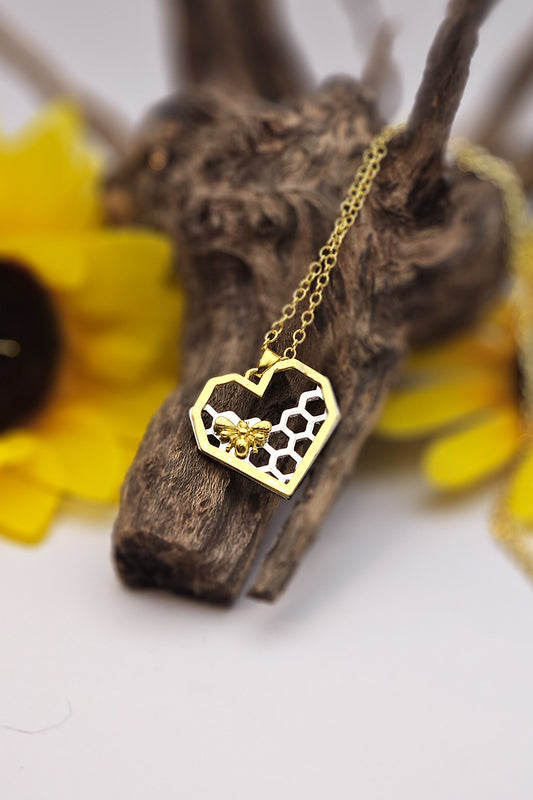If you've wanted to set up a beehive in your back yard, but you’re not sure how to do it, this is the blog post for you.
This short video (under 8 minutes long) by Roger Cook with bee expert Noah from the great folks over at Ask This Old House will give you all the insights and information you need.
There’s no reason you can’t set up your own beehive as an upcoming weekend project. If you prefer to hire a professional beekeeper to set it up or help you set it up, please find out who is available in your area. A good place to start would be with your local or nearby Beekeeping Association.
You don’t need to be a seasoned craftsman to do this project, although it calls for a medium skill level. You’re looking at a day or two of work and will spend roughly US$300, although this figure is variable depending on price fluctuations and which supplies and tools you may already have at your disposal.
Your shopping list if you don’t already own these items:
Protective beekeeping suit
Sprayer filled with sugar water
Bee brush
Hive tool
Langstroth Beekeeping Kit
Cinderblocks
Protective gear
3-lb package of bees which is approximately 10,000 bees
Here's how to set up your hive:
1. Put cinderblocks on the ground to elevate the hive and keep it dry and away from pooling rainwater.
2. Place the baseboard on top of the blocks.
3. Place the Langstroth bee box on the bottom board.
4. Hang the new ‘frames’ in place by their rabbit ears, like files in a cabinet.
5. Hang 1 or 2 older pre-started frames from another hive for a quick start.
6. Spray your 3-lb package of bees with sugar water to coat the bees.
7. Take out the Queen cage, remove the plug and hang the Queen box in the middle of the frames with the candy-side facing down.
8. Put on your protective clothing and pour the bees into the hive box of frames.
9. Gently brush the bees off the top of the frames and into the hive with a bee brush.
10. Place the inner cover on top of the box.
11. Add the internal feeder with a 1 gallon mix (1 pound sugar to 1 pint water).
12. Protect the bees by placing the internal cover and external cover on the hive.
13. Put a rock on top to keep the cover in place.
14. Leave the bee package beside the hive so remaining bees can find their hive.
15. Add another bee box layer with frames in a month as the hive grows.
If you are a backyard beekeeper and have already set up a beehive like this, please buzz over to our Facebook page and share any tips you have that can help beginners with their first beekeeping adventure. Thanks! :)








